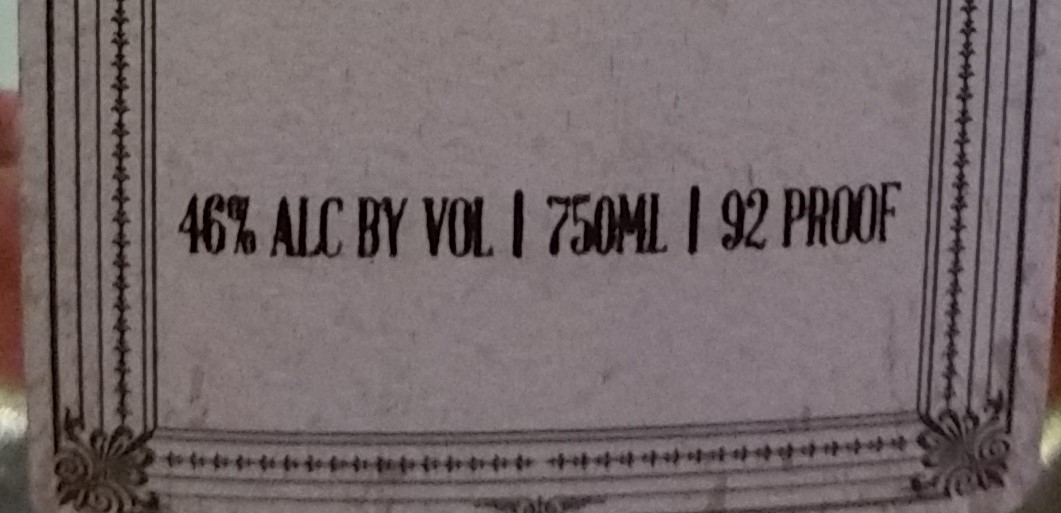
Because I am extraordinarily slow on the uptake, I recently became the last person on the planet to realize that a liquor’s “proof” is twice the percentage of alcohol by volume (ABV) contained within the bottle. In other words, if you’ve got a bottle of gin that is 92 proof, it’s 46% alcohol.
Since that numbering system fits neatly in with the Tralle scale on the back of my ‘family’ hydrometer, I’m going to take a leap and assume that this solves the vague mystery attached to that measurement in my earlier post.
Also, if you’re interested in this sort of thing, Wikipedia, the modern font of all trivial information, has further information on the history of proofing. It originally involved the English, rum, and gunpowder — which is fun; but it later involved “specific-gravity” and math, which is not.
Thankfully, when the U.S. got around to proofing its own spirits in around 1848, we went with a vastly more direct approach: 50% alcohol by volume = 100 proof. Easy peasy, lemon squeezy.

aaaand…. 50 proof is the minimum amount/strength need to burn. So the 151 rum works REALLY well…